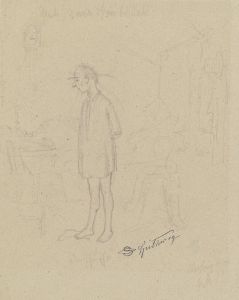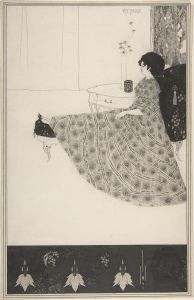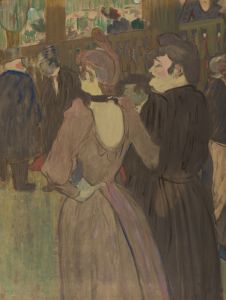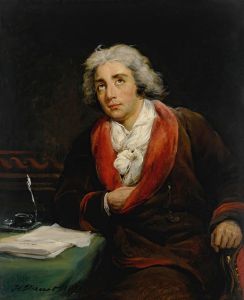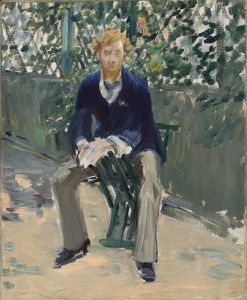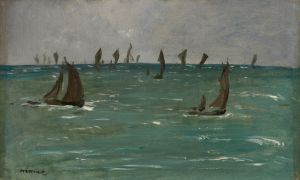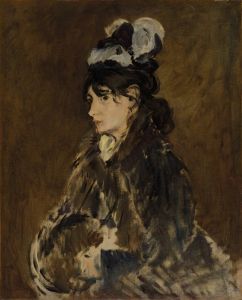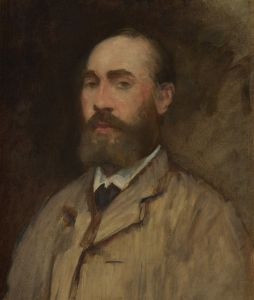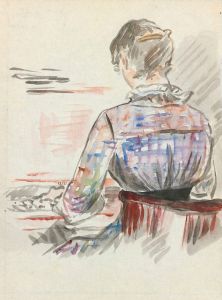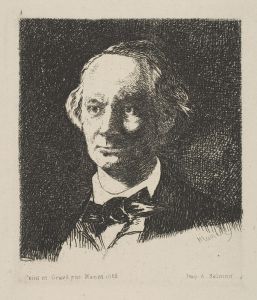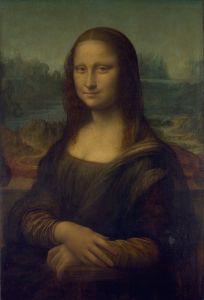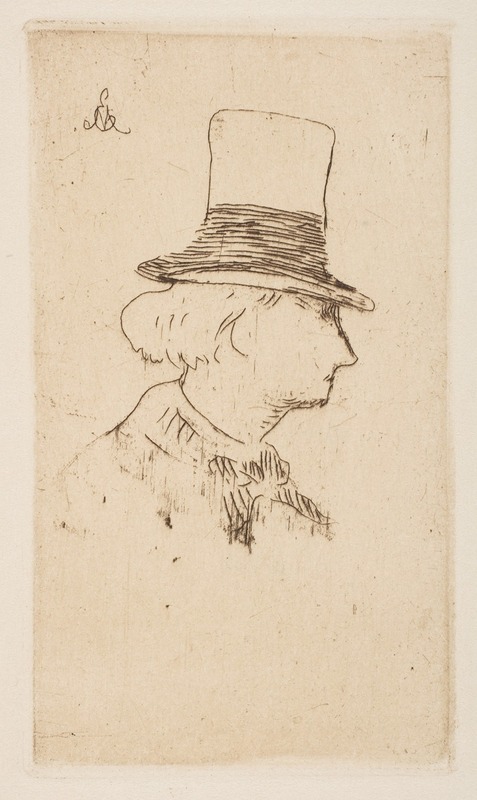
Portrait of Charles Baudelaire, in profile
A hand-painted replica of Édouard Manet’s masterpiece Portrait of Charles Baudelaire, in profile, meticulously crafted by professional artists to capture the true essence of the original. Each piece is created with museum-quality canvas and rare mineral pigments, carefully painted by experienced artists with delicate brushstrokes and rich, layered colors to perfectly recreate the texture of the original artwork. Unlike machine-printed reproductions, this hand-painted version brings the painting to life, infused with the artist’s emotions and skill in every stroke. Whether for personal collection or home decoration, it instantly elevates the artistic atmosphere of any space.
Édouard Manet's "Portrait of Charles Baudelaire, in Profile" is a painting that depicts the French poet Charles Baudelaire in a profile view. The work is believed to have been created around 1862, during a period when Manet and Baudelaire shared a close friendship and mutual admiration. Baudelaire, a key figure in 19th-century French literature, is best known for his groundbreaking poetry collection Les Fleurs du mal (The Flowers of Evil), which had a profound influence on modern literature and art. Manet, one of the pioneers of modern art, was similarly influential in the development of modern painting.
The portrait is executed in oil on canvas and is relatively small in scale. It captures Baudelaire's distinctive features with a sense of immediacy and simplicity. The profile view emphasizes the poet's sharp facial structure and intellectual demeanor, reflecting his reputation as a thinker and cultural critic. The background of the painting is plain and unadorned, drawing attention to the subject without distraction. This minimalist approach is characteristic of Manet's style, which often sought to strip away unnecessary details to focus on the essence of his subjects.
Manet and Baudelaire shared a deep intellectual connection, with Baudelaire championing Manet's work in his writings on modern art. Baudelaire's essay "The Painter of Modern Life" is often seen as a theoretical framework that aligns closely with Manet's artistic vision. The poet advocated for art that captured the fleeting, ephemeral qualities of modern life, a concept that Manet explored in his paintings. Their friendship and collaboration were part of a broader cultural movement in mid-19th-century Paris, where artists, writers, and intellectuals sought to redefine the role of art in a rapidly changing society.
The painting is now housed in the Musée d'Orsay in Paris, which holds an extensive collection of works from the 19th century, including many by Manet. It is considered an important example of the intersection between literature and visual art during this period. While the portrait itself is relatively understated compared to some of Manet's larger and more ambitious works, it holds historical significance as a testament to the relationship between two of the most influential figures in French cultural history.
This portrait remains a valuable piece for understanding the dynamic interplay between art and literature in the 19th century, as well as the personal and professional connections that shaped the careers of both Manet and Baudelaire.





